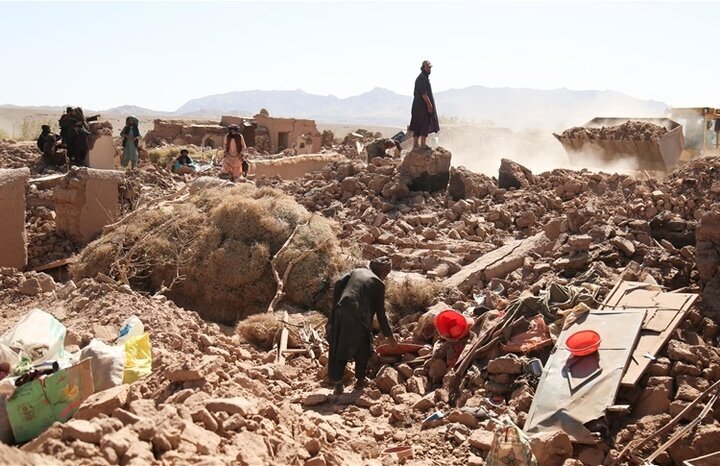The occurrence of fourth earthquake in Herat and future possible scenarios

TEHRAN - In Herat, Afghanistan, since October 15, when the first event with a magnitude of 6.2 was recorded, the fourth strong earthquake shook the region on the morning of October 23 at 8:06 a.m. local time with a magnitude of 6.4.
The focal depth of the 15 October earthquake was reported to be 10 km. More than 2400 people have been killed in this area in the northwest of Herat from 7 to 15 October. The epicenter of the earthquake is located 30 km from Herat (with a population of 300,000 people).
In Herat region, Afghanistan, people live in vulnerable buildings. No major damage was reported to the buildings in Herat city, and there were only reports of damage to some brick buildings from inside the city.
Many aftershocks have occurred in the sequence of strong earthquakes that continue. On October 11 and 15, two more earthquakes with a magnitude greater than 6 occurred, which, like the October 7 earthquakes, had a mainly compressive mechanism.
Structurally, Afghanistan is located in the vast and complex collision zone between the Arabian, Indian, and Eurasian plates.
North and central Afghanistan are separated by the Harirud (Herat) fault system, whose displacement is known based on geomorphic features, and rupture It is a dextral strike-slip extension and compressional displacement. This fault system is less seismically active than the Chaman fault that passes through the east of the country.
Earthquakes of 849 AD with a magnitude of 5.6, 1102 AD with a magnitude of 5.6, 1364 AD with a magnitude of 5.9, and the earthquake of September 24, 1950, with a magnitude of 5.7, all with an estimated magnitude of less than 6 have been reported in the historical history of Herat earthquakes.
On October 7, 2023, the first event with magnitude 6.3 occurred at 11:11 local time, an aftershock of magnitude 5.5 eight minutes later, and another event of magnitude 6.3 at 11:42, followed by an aftershock of magnitude 5.9.
On October 11, the third 6.3 earthquake shook the region with a compression mechanism and shallow depth and east-west direction. The epicenter of these earthquakes is located between the Siakhoblouk fault in the north and the Herat fault in the south.
According to Sentinel-1A satellite data, an area measuring 30 km by 15 km and extending east to west around the location of these earthquakes has risen by about 30 cm.
The deformation of the ground is scattered and it is inferred that the earthquakes were probably not associated with a specific surface rupture. Based on the characteristics of the Herat fault zone, it seems that the rupture plane towards the south is the cause of the biggest events in the earthquakes that have occurred so far.
On the other hand, according to the earthquakes that have occurred so far, three scenarios can be expected for the continuation of earthquakes in the Herat region to reach a new stress stage in the fault zone.
First, moderate earthquakes may continue as clusters of numerous small to medium events for a long time. The second scenario is the possibility of several earthquakes with a magnitude between 6 and 6.5. The third scenario is the possibility of an earthquake with a magnitude of more than 6.5 in the same area so that the earthquakes that have happened so far will all be pre-earthquakes of that main earthquake.
Leave a Comment